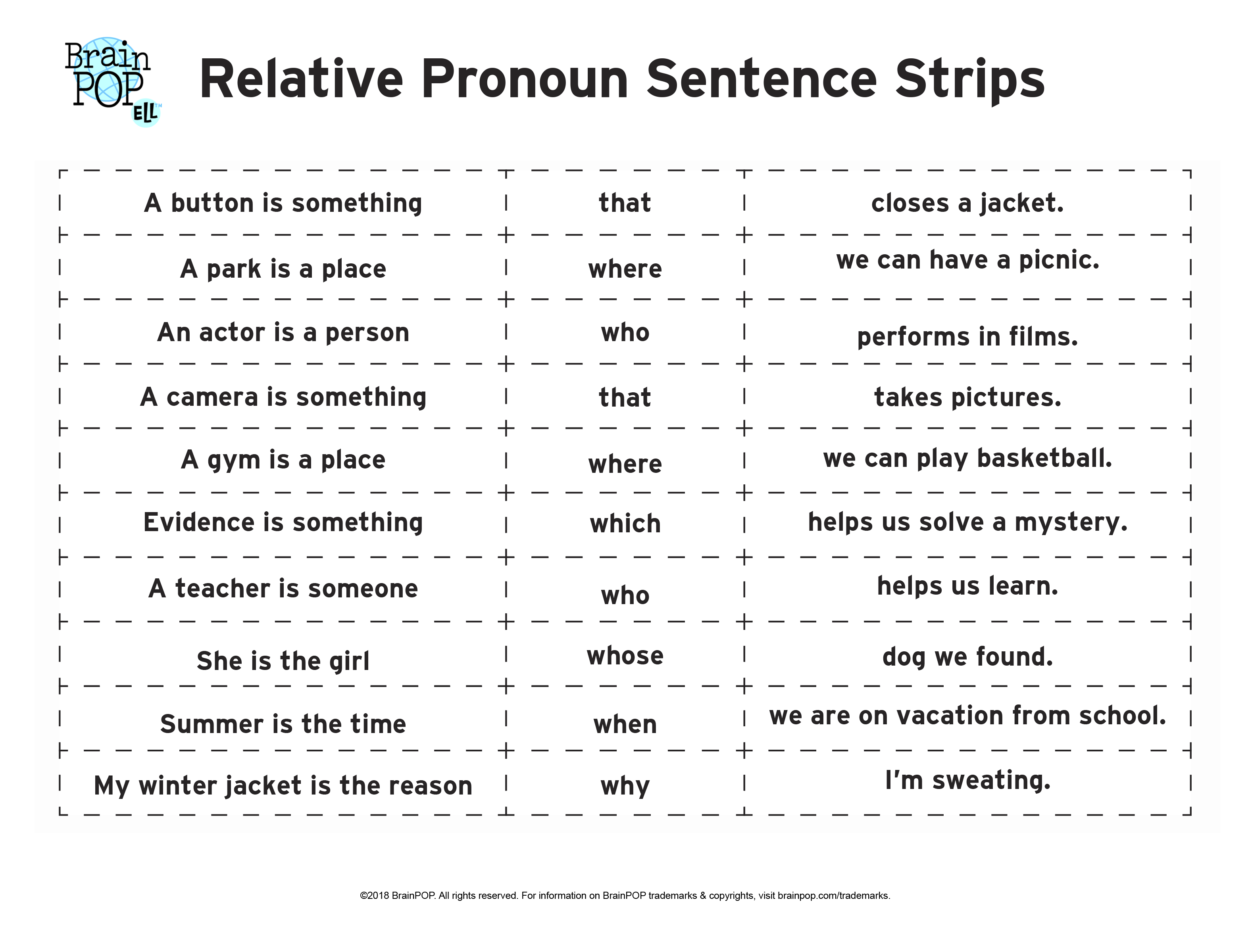

the most common and the prefered relative pronoun in spoken or informal contexts.Because there is a great amount of variation in how people use them, they are few concrete rules but there are general patterns shown below for each. So the challenge of using these relative pronouns is knowing which to use. In Spanish there are 4 sets of relative pronouns that are somewhat interchangeable: que, quien, el que, and el cual. In English the most common relative pronouns are that, who, which, whom, and whoever. ¿Nos puedes contar historias sobre las tradiciones culturales que celebras en tu familia?Ĭan you tell us stories about the cultural traditions that you celebrate in your family? In the following example, that relative pronoun queintroduces the clause celebras en tu familia which describes the antecedent tradiciones culturales. Relative pronouns are used to link two related ideas into a single sentence, thereby avoiding repetition. Comparisons and Superlatives with AdjectivesĪ relative pronoun introduces a clause that describes a previously mentioned noun, which is called the antecedent.


 0 kommentar(er)
0 kommentar(er)
